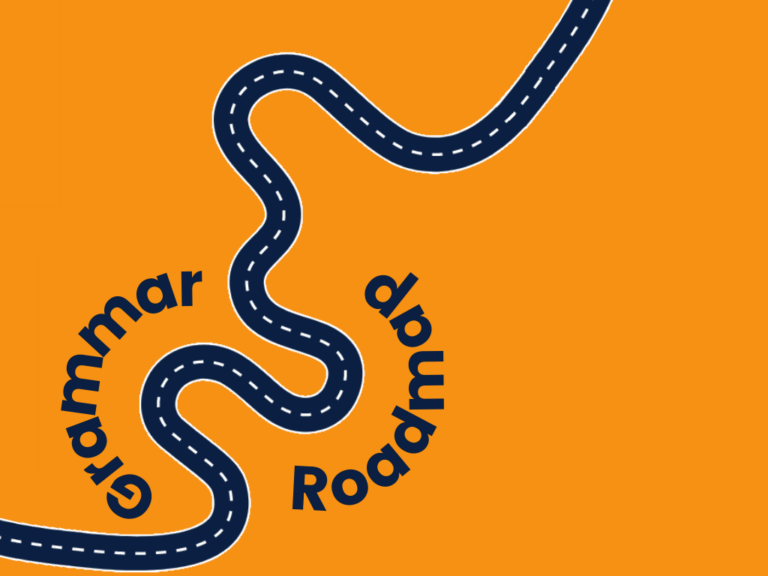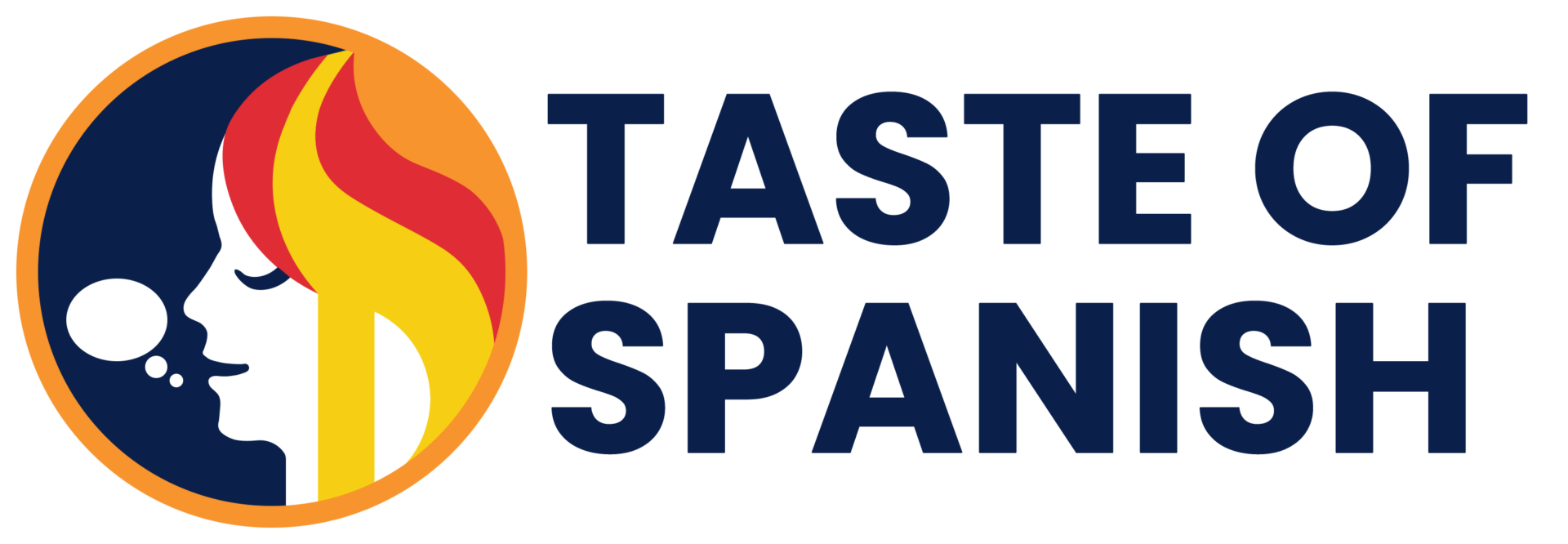
The Present Tense Roadmap
Welcome to the Present Tense Roadmap! The purpose of this roadmap is to guide you through a methodical process to improve your knowledge of the present tense, one step at a time.
No matter which stage of the journey you’re already at, simply follow the steps to learn, develop and excel in your ability to apply grammar rules and exceptions with ease.
KEY:
Present tense grammar is highlighted in red.
Future tense grammar is highlighted in orange.
Past tense grammar is highlighted in yellow.
Conditional tense grammar is highlighted in green.
Imperative mood grammar is highlighted in blue.
Subjunctive mood grammar is highlighted in purple.
Passive voice grammar is highlighted in white











¡VAMOS!
The Grammar Roadmap is a work in progress so please bear with us.
Present Simple (Presente Simple):
- Basic present tense used for habitual actions, general truths, and permanent situations.
- Regular verbs: conjugation patterns for -ar, -er, and -ir verbs.
- Irregular verbs: common irregular verbs in the present tense.
- Affirmative, negative, and interrogative forms.
Present Continuous (Presente Continuo):
- Expressing actions happening right now.
- Formation: present tense of the verb “estar” + gerund (-ando/-iendo form of the main verb).
Present Perfect (Presente Perfecto):
- Actions that started in the past and continue into the present or have just been completed.
- Formation: present tense of the verb “haber” + past participle of the main verb.
Present Perfect Continuous (Presente Perfecto Continuo):
- Actions that began in the past and continue up to the present moment.
- Formation: present tense of the verb “haber” + “estado” + gerund of the main verb.
Present Simple vs. Present Continuous:
- Differences between the two present tenses and when to use each one.
- Emphasizing routines and habits (present simple) vs. current actions (present continuous).
Present Simple vs. Present Perfect:
- Distinguishing between ongoing habits (present simple) and completed actions with relevance to the present (present perfect).
Present Perfect vs. Past Simple:
- Understanding the difference between completed actions with present relevance (present perfect) and actions with a specific past time (past simple).
Present Continuous vs. Present Perfect Continuous:
- Identifying ongoing actions in the present (present continuous) and actions that began in the past and continue to the present (present perfect continuous).
Stative Verbs in the Present:
- Verbs that are not typically used in continuous tenses due to their state-like nature.
Present Indefinite (Presente Indefinido):
- The Spanish simple present tense used in some regions for certain situations.
Present Subjunctive (Presente de Subjuntivo):
- Introduction to the subjunctive mood in the present tense, expressing doubt, desire, emotions, etc.
- Regular and irregular verb conjugations in the present subjunctive.
Present Subjunctive vs. Present Indicative:
- Understanding the difference between the subjunctive and indicative moods in the present tense.
Present Imperative (Presente de Imperativo):
- Giving commands or instructions using the present tense.
Present Continuous Subjunctive (Presente de Subjuntivo Continuo):
- Forming the continuous subjunctive to express ongoing desires or wishes.
Present Perfect Subjunctive (Presente de Subjuntivo Perfecto):
- Using the subjunctive mood for completed actions with relevance to the present.
Present Perfect Subjunctive vs. Past Perfect Subjunctive:
- Differentiating between the present and past perfect subjunctive tenses.
Common Expressions in the Present Tenses:
- Phrases, idioms, and expressions commonly used in the present tenses.
Coming soon
Coming soon
Coming soon
Coming soon
Coming soon
Coming soon
Coming soon
Coming soon
Coming soon
Coming soon
Coming soon
Coming soon
Coming soon
Coming soon




